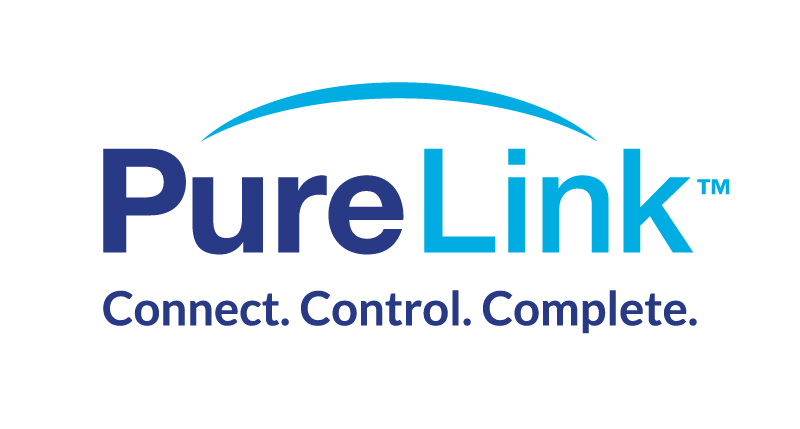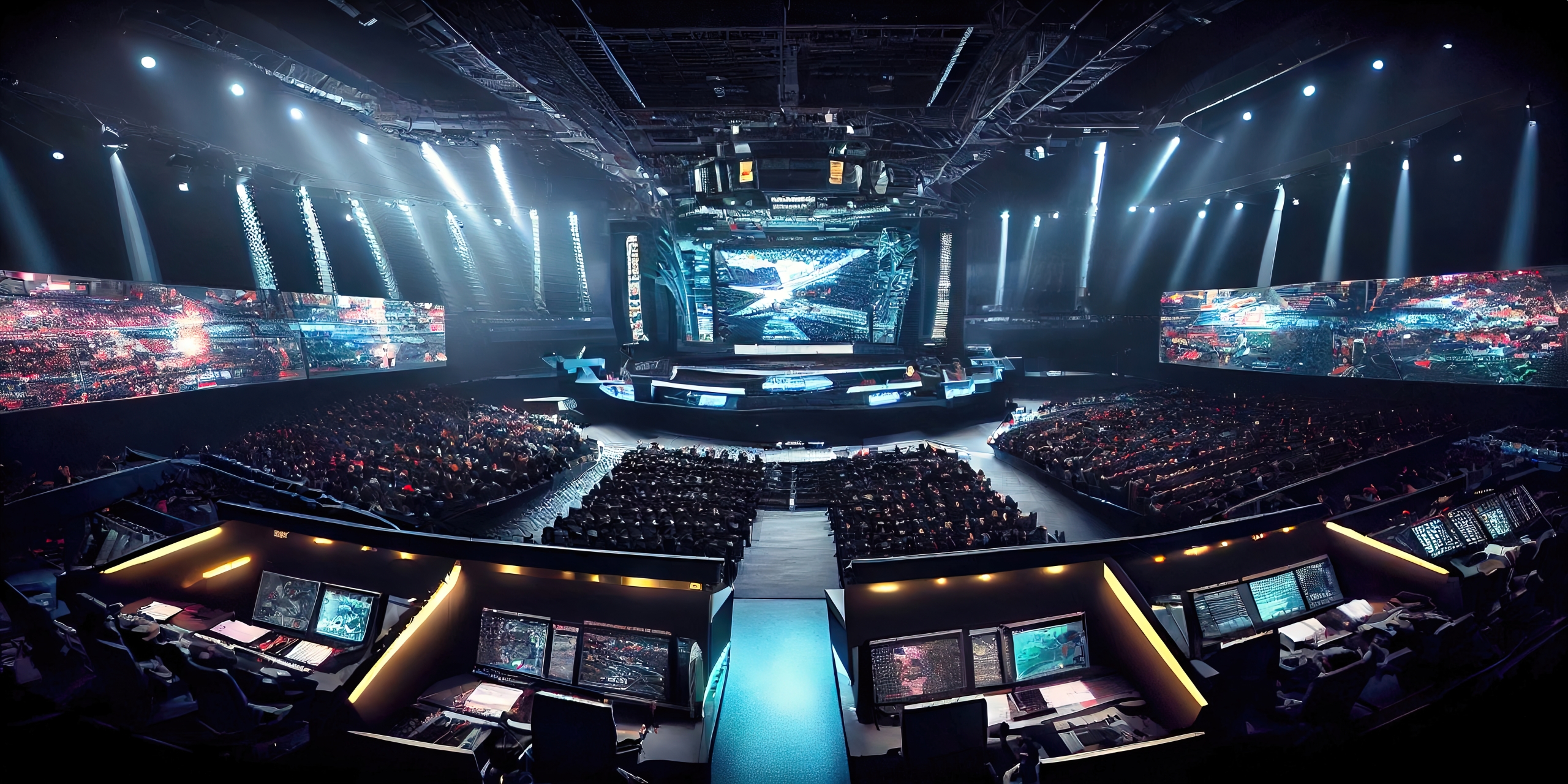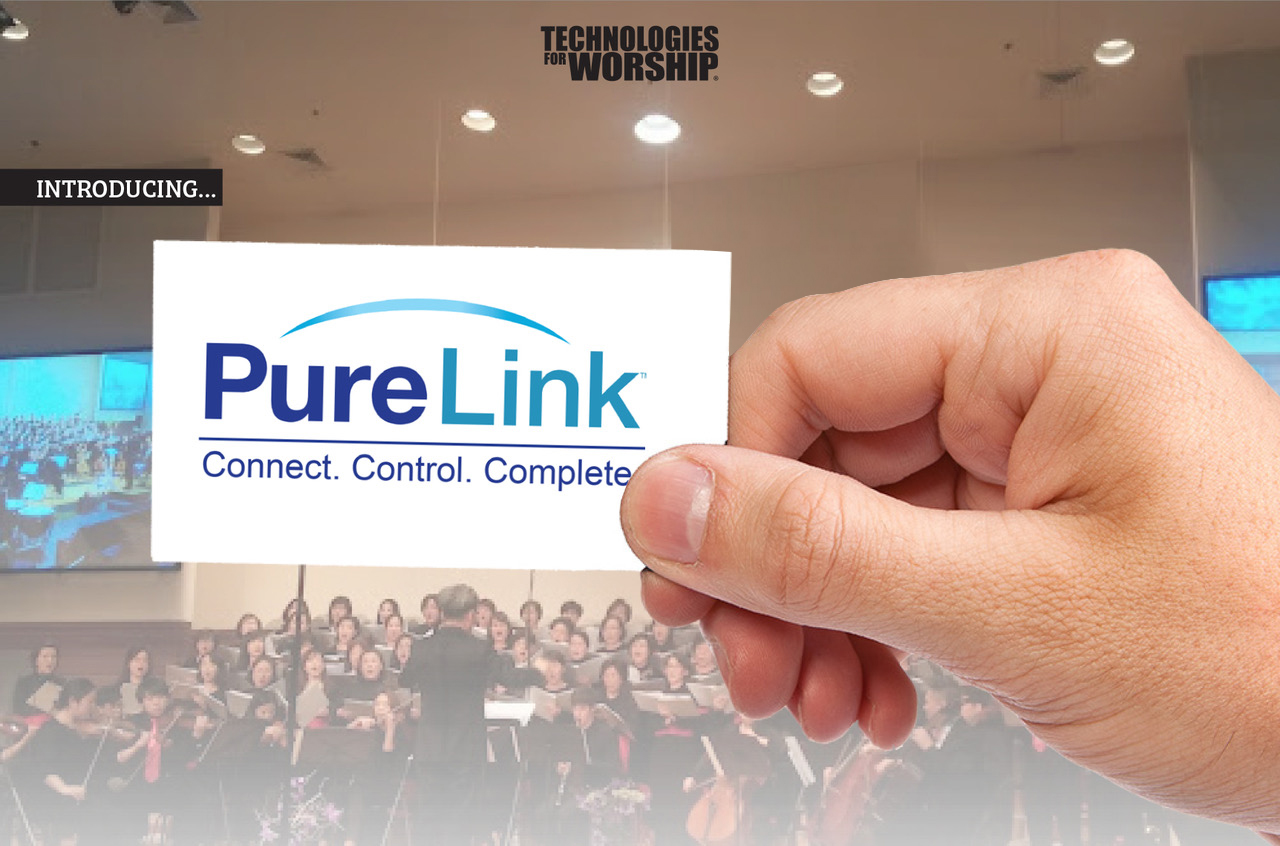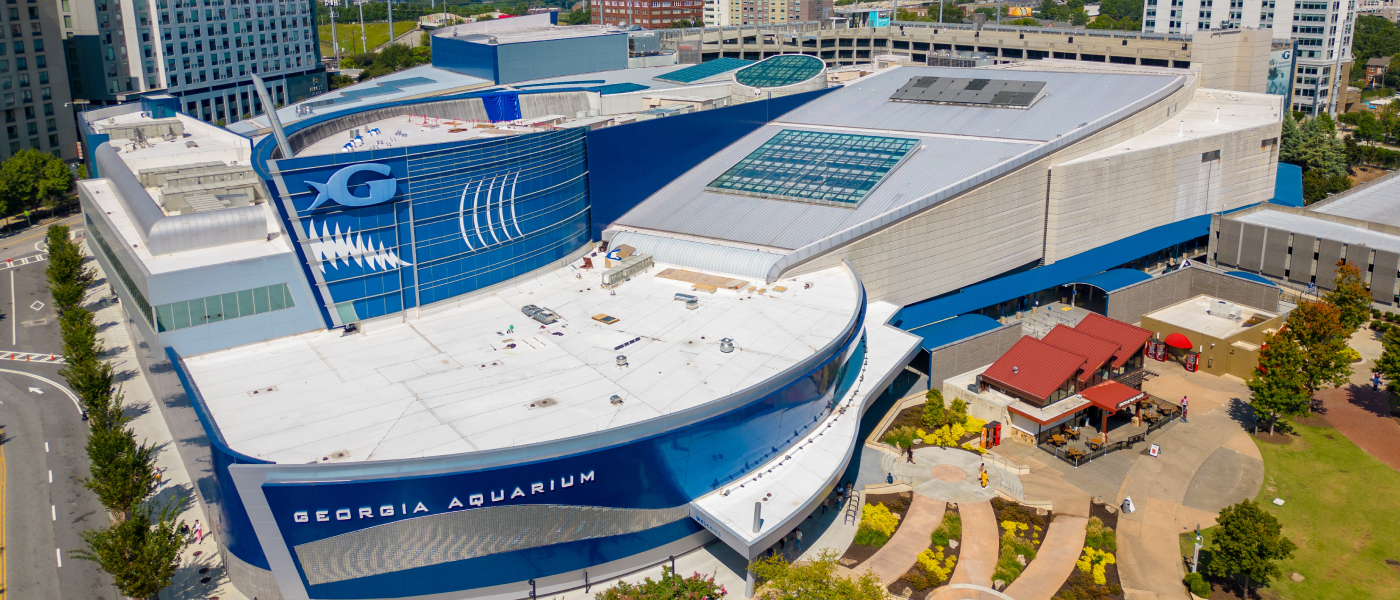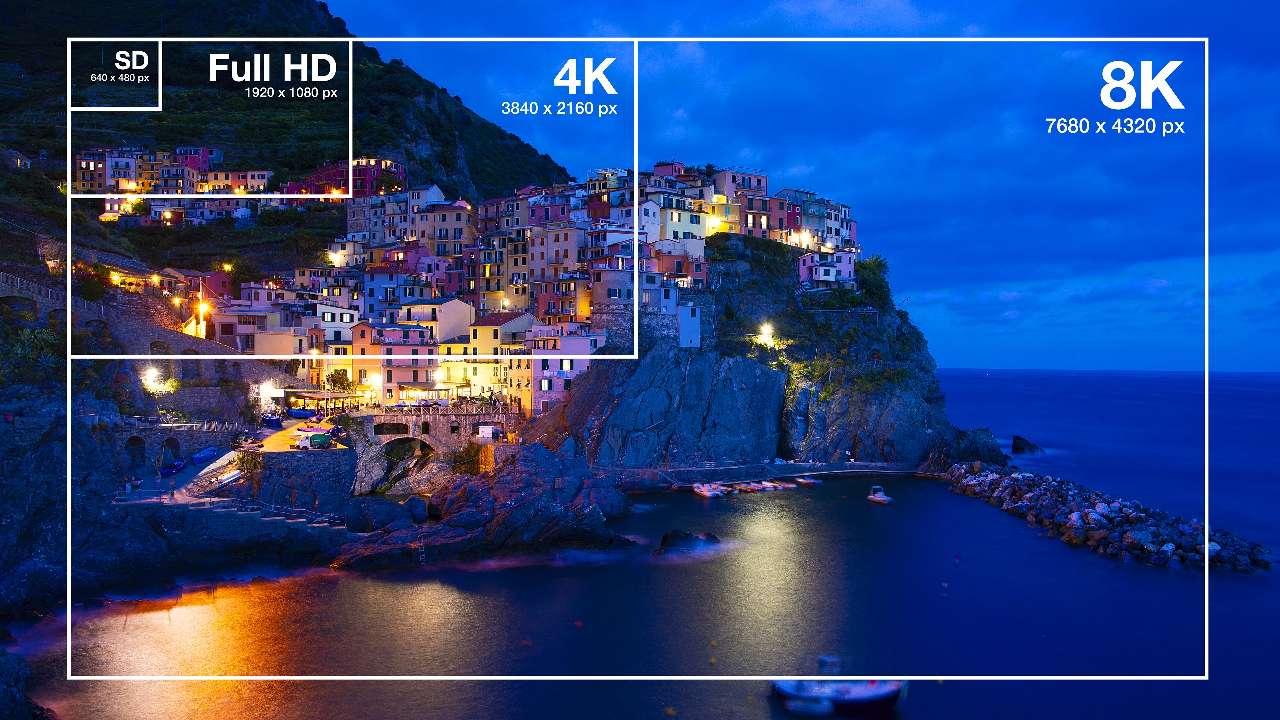With the launch of the first 4K/UHD displays and the announcement of the HDMI 2.0 specback in 2013, the biggest buzz in the A/V industry was and still is surrounding the future of 4K. As the demand for Ultra HD in the pro-AV space continues to rise, manufacturers have since then developed a multitude of products and solutions to support this advancement – most of which offer “light” 4K support within the HDMI 1.4 specification to accommodate 4K integration with legacy systems.
Now, with terms like “4K ready” and “true 4K,” manufacturers are labeling their products as the industry’s first with complete HDMI 2.0 compliance. Is the hardware truly catching up to 4K technology, and what considerations should be made in a 4K system design?
 “Light” UHD vs. Full UHD
“Light” UHD vs. Full UHD
As ISE 2016 fast approaches, hardware manufacturers are announcing “first in class” 4K signal distribution solutions supporting the latest standards including HDMI 2.0 and HDCP 2.2 copy protection. Consequently, consumers are led to believe that all HDMI 2.0 labeled devices are built to handle every aspect of Ultra HD.
However, it is important to note that the majority of Ultra HD/4K scaling and distribution solutions available on the market today still utilize HDBaseT technology, which does not yet support the full 18Gpbs bandwidth of the HDMI 2.0 standard.
In other words, most devices out there are only passing 4K at 60Hz with compressed color spacing (YCBCR 4:2:0) through an existing HDMI 1.4 interface, supporting only a “light version” of 4K transmission. More in-depth information on color spacing is available here.
Needless to say, producing full color spacing at higher frame rates requires significantly more bandwidth. From a hardware standpoint, an entirely new chipset, not available at the time when HDMI 2.0 was first released, would be required to handle the extra data. In order to forge ahead on the 4K connectivity path, manufacturers need only add a single new feature – like support for 4K/60 at the 4:2:0 color space – to earn the HDMI 2.0 label.
| Where Does all the Bandwidth Go? | |||||
| Resolution | Refresh Rate | Color Space | Color Depth | Bit Rate (Gbps) |
|
| HDMI 1.4b | 1080p | 60 Hz | 4:4:4 | 8 bit | 4.5 |
| 4096 x 2160 | 24 Hz | 4:4:4 | 8 bit | 6.7 | |
| 4096 x 2160 | 30 Hz | 4:2:2 | 10/12 bit | 8.9 | |
| 4096 x 2160 | 60 Hz | 4:2:0 | 8 bit | 8.9 | |
| HDMI 2.0 | 4096 x 2160 | 30 Hz | 4:2:0 | 8 bit | 10.2 |
| 4096 x 2160 | 60 Hz | 4:4:4 | 10/12/16 bit | 18 | |
HDMI 2.0 Meets HDR
A video signal’s color gamut represents all the colors that is possible for the signal to create. The current Rec. 709 color space is what current HD (1080p) sources and displays can represent, which is far less colors than what the human eye can detect. HDMI 2.0 includes support for Rec. 2020 color space or an expanded color gamut that will allow a dramatically wider color representation than traditional high definition video.
High Frame Rates
In order to transmit data at lightning fast speeds, the signal must perform quite a bit of electronic acrobatics. With HDMI 1.4, Ultra HD/4K resolutions simply can’t be handled at transmission speeds beyond roughly 24 to 30 frames per second. HDMI 2.0 increases the per channel flow rate from 3.4 Gbit/s to 6 Gbit/s which allows for a maximum total throughput of 18 Gbit/s. This allows HDMI 2.0 to carry 4K resolution at 60 frames per second.
High Dynamic Range
The biggest change to the latest version of the HDMI specification, HDMI 2.0, is that it has been updated to enable transmission of High Dynamic Range (HDR) content. HDR is information layered on top of the video signal that tells the HDR-compatible display how to best take advantage of the greater color and contrast range in the underlying video image, promising greater realism with brighter whites and darkest blacks.
The Road to Full-UHD
It certainly appears that there are major movements in 2016 supporting the new standard on both the content and equipment side. Several industry leading display manufacturers have already released 4K HDR displays, and specifications for the first Ultra HD Blu-ray players were recently revealed. Now, HDR content has become widely available through streaming video services like Amazon.
So, what’s the next step for multizone 4K distribution? Plan for the future with PureLink’s Full-UHD connectivity solutions reinvented to support evolving 4K requirements. Stay tuned to find out how!

